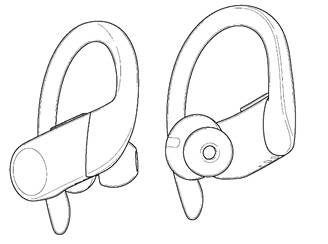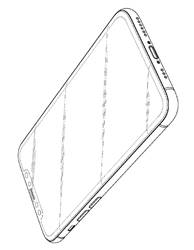In the second entry of this three-part article series, we share with you the next set of intellectual property (IP)–related mistakes (mistakes #6 to #9) that we regularly see with startups. We hope you will find it useful for your business.
Please be sure to read our first entry in this series, where we go over mistakes #1 to #5.
Happy reading!
Part 2 of 3: Mistakes concerning trademarks, industrial designs, copyrights, and trade secrets
Mistake #6: Launching your product on the market without having verified the availability of your trademark
Choosing a trademark can be a long and expensive process. People sometimes focus on the attractive qualities of a trademark, forgetting that its primary function is to distinguish a company’s products or services from those of others. To properly fulfil this function, the trademark must not be confusing with other trademarks, trade names, and domain names.
In order to avoid conflicts with existing rights, an availability search should be conducted prior to a trademark’s adoption and the launch of a new product, service, or business.
Furthermore, it may not be possible to register a trademark if it doesn’t have certain necessary intrinsic qualities, and a trademark may not be usable if it conflicts with the rights of third parties.
A search will make it possible to determine where your desired trademark stands in terms of these two aspects; if necessary, a different mark may need to be adopted.
Conducting a pre-adoption trademark search may prevent you from having to change trademarks after sales have begun or after the marketing development of your products or services is underway.
Redesigning your advertising campaign; modifying your documentation, website, and packaging; and developing a new marketing strategy to transfer and retain the goodwill surrounding your initial trademark will be an expensive task, taking up time that could have been invested elsewhere. Such a process also carries the risk of tarnishing your reputation or losing your goodwill.
Mistake #7: Not having your software or graphic designer sign a copyright assignment
Many people think that a copyright is intended to protect a work with exceptional artistic qualities.
However, such thinking is erroneous.
As long as a text, drawing, graphic design or computer program is a creation that required a certain amount of effort and is not a copy of an existing work, it constitutes a “work” and is automatically protected by copyright.
As a general rule, in Canada, the author is the first copyright owner; thus, just because the work was created in exchange for remuneration doesn’t mean that its copyright was transferred.
For a startup business owner to ensure that they own a copyright, they should ask the artist or author to sign a written transfer of copyrights, thereby ensuring that the business can publish and use the work as it sees fit.
It is also important to have the author of a work sign a waiver of moral rights or to outline the terms and conditions that will apply to the work’s authorship and integrity.
If these steps are omitted, you’ll be limited in the use of such works. They won’t be part of your assets and will therefore not increase the value of your portfolio. In addition, you’ll be dependent on the consent of the actual holders of the rights to commence actions for infringement, should that ever be necessary.
Mistake #8: Not having your employees, officers, and contractors sign confidentiality agreements (before entering into a business relationship)
The sooner the better! Your company should see to having an agreement intended to preserve the confidentiality of its information signed by all those whom it mandates to perform work that is significant for its development, including its employees.
The type of information that can be protected is virtually unlimited; at a minimum, it includes information related to R&D, market studies, prototypes, ongoing negotiations, marketing research of any kind, and lists of target customers.
Ideally, in an employer-employee relationship, when an employee or officer leaves, a company should make sure to remind them of the confidentiality obligations that will continue to apply despite the end of the relationship.
Applying these principles reduces the risk that an employee or partner will publicly share or independently use your strategic information at your company’s expense.
Mistake #9: Not protecting your original products’ shapes and ornamentation within the prescribed time limit
Many are unaware of the benefits of protecting an object’s shape, form, and ornamentation through the Industrial Design Act, or they learn of such benefits too late.
In Canada, such protection has two key requirements:
- The industrial design must not have been published more than one year before the date on which an application for registration is filed; and
- The protection must be acquired by registration to exist.
This type of protection is more effective than one might think and should not be overlooked. For example, a search of the industrial design register will reveal how many industrial designs tech giants have obtained. Some industrial designs have even been the subject of high-profile disputes, including one between Apple and Samsung over the shape of tablets.
Apple Inc. uses such protection to prevent the presence of competing products that copy its designs on the market. As an example, in Canada, the shape of the headphones shown below was protected in 2021 and the shape of the phone shown below was protected in late 2020.
 |
 |
For more detail on the protection of each of these articles, see Registration 190073 and Registration 188401.
Conclusion
Lavery’s intellectual property team would be happy to help you with any questions you may have regarding the above or any other IP issues.
Why don’t you take a look at our Go Inc. start-up program? It aims to provide you with the legal tools you need as an entrepreneur so you can start your company on the right foot!
Click on the following links to read the two previous parts. Part 1 | Part 3
